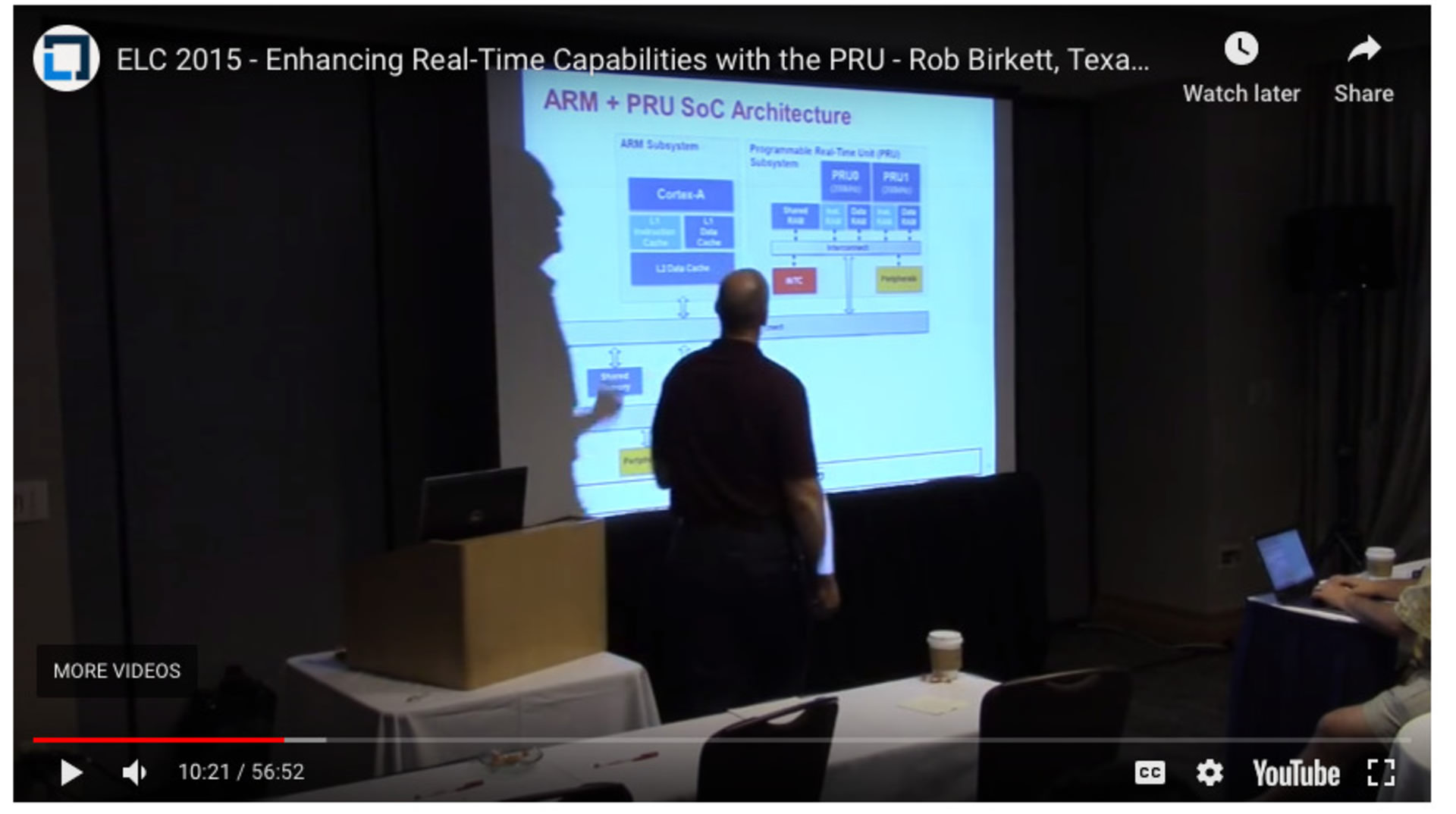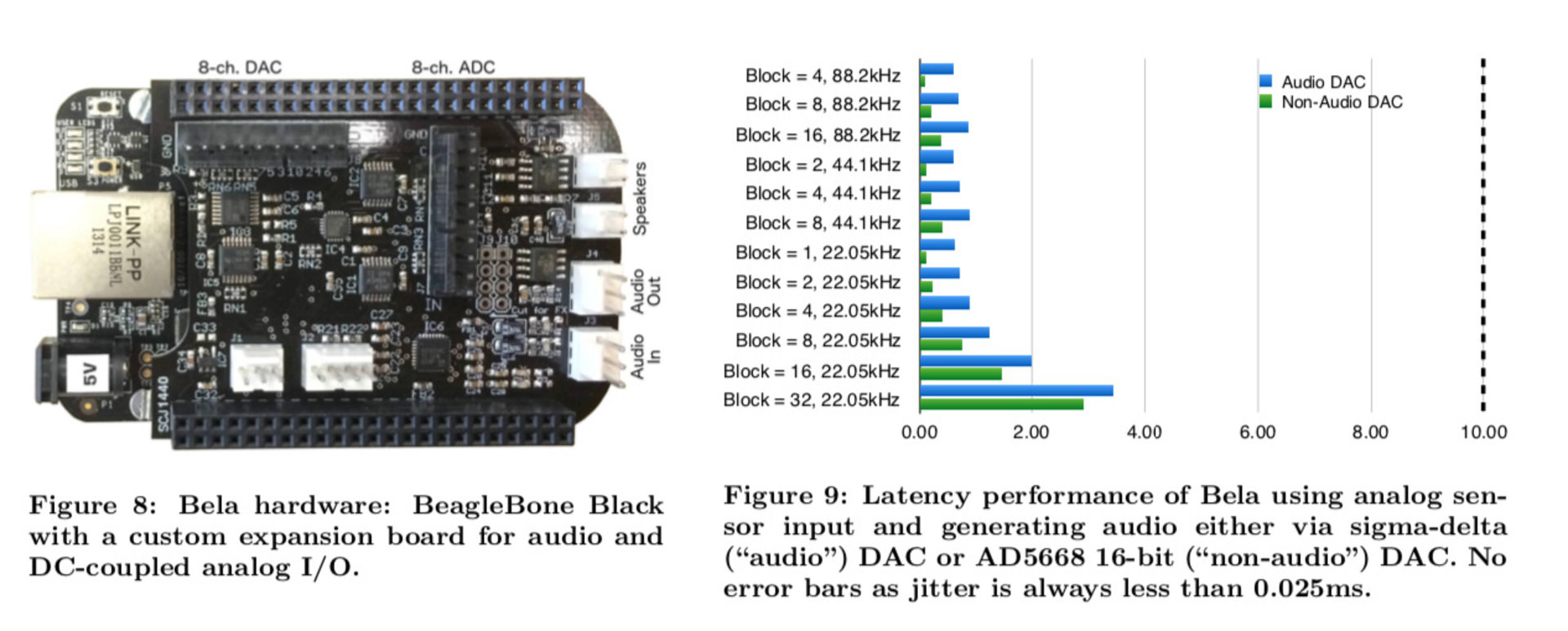Twenty Three Hundred
Real-Time Musical Devices
Dr Charles Martin
Semester 1, 2022
Extra Topic: Real-Time Musical Devices
New Interfaces for Musical Expression
Image Copyright SENNHEISER / PHILIP PEINE
The NIME community
- …new kinds of musical instruments…
- …new kinds of musicianship…
- …and new kinds of music?

Typical NIME workflow…

Sound and Latency
- Digital (and analogue) instruments always have a latency between action and sound.
- Strings, fingers, keys, and electrons take time to move.
- Sound takes time to move…
- Computers buffer sound (a little bit) to make sure it has enough to send to the DAC.
- More steps, more buffers, more latency…
How fast is fast enough?
- Common wisdom is to aim for latency <10ms (Wessel & Wright, 2002).
- Musicians adjust (unconciously) and can handle latency up to 55ms (Dahl & Bresin, 2001)
- Different gestures, and sounds, could have different perceptual effects.

Are the tools good enough?

No - according to McPherson, Jack, & Moro, “Action-Sound Latency: Are Our Tools Fast Enough?” (2016).
So what about a Real-Time Operating System?
- Linux kernel and OS (by itself), not good enough for real-time!
- Normal drivers can’t preempt the kernel…

Bela: Low-Latency Sensor and Audio Platform

- Specifically designed to solve this problem!
- Realtime Linux (Xenomai)
- Programmable Real-time unit (PRU)
Xenomai: Linux with Real-time extensions
- Xenomai: Add two extra micro-kernels to linux, which can preempt the normal kernel.
- “Adeos” is a nano-kernel just to switch between Linux and Xenomai.

PRU (Programmable Real-Time Unit)
- Extra microcontroller (200MHz, 32bit) as part of a processor.
- Beaglebone PRU
- Hackaday PRU

Does this work?
Yes!
 o
o
Further Watching
Sverm Resonans: https://youtu.be/fhTuI3AhZL0
Percussive Table: https://vimeo.com/264852700
Kalichord Strum: https://www.youtube.com/watch?v=mZksorXIOxM
Stillness Under Tension: https://youtu.be/tDkJqoFpnF8